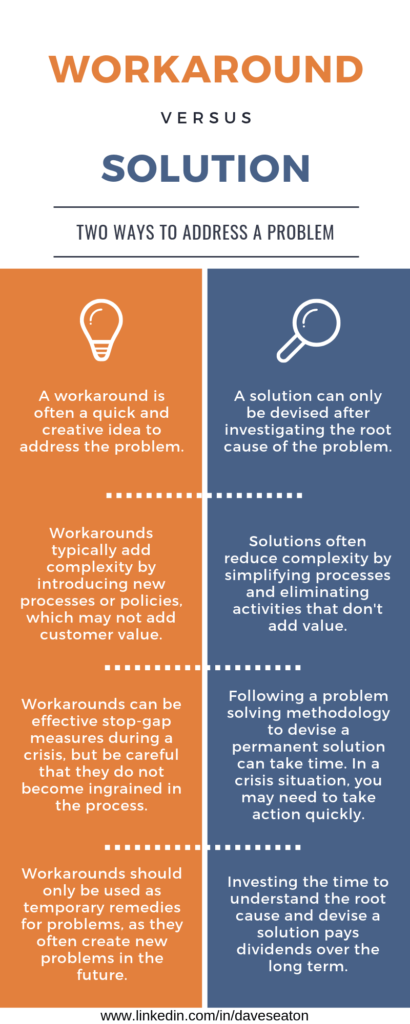You’re sitting on a goldmine of Customer Experience (CX) improvement ideas, but you have to know where to dig. Apply Lean Six Sigma to customer complaints and find new opportunities to improve CX.
Have you ever found yourself explaining to a customer why their expectations were wrong?
It’s one thing to own up to our mistakes. But what about when we did everything correctly, and the customer is still complaining?
In that situation, our instincts tell us to dismiss the customer’s complaint, because no one knows our business like we do. We know what we do well and what we need to improve. We’ve got metrics to show the good and the bad. We try to maintain the positive while leading initiative after initiative to improve the shortcomings.
In other words, we keep digging in the same holes, hoping there will be more gold down there.
However, sometimes we’re not discovering any golden nuggets that will improve the customer experience.
We need to dig a new hole, but where?
Dig a New Hole
Customers can’t tell us what the golden nuggets are, but they can tell us where to dig.
In The Tea’s Not Hot and Other Frontline Stories, author James Allen relates anecdotes from Vikram Oberoi, CEO of The Oberoi Group. The Oberoi Hotels maintain an international reputation for exemplary customer service because Vikram continues to dig for golden nuggets to improve the customer experience.
Vikram tells the story of a customer who complained because her tea wasn’t hot. The hotel staff’s instinct was to dismiss the complaint. They wrote her a note apologizing for the cold tea and considered the matter closed.
Vikram wasn’t satisfied. He began to dig.
He instructed the hotel to measure the water temperature from their machine and compare it to a normal tea kettle. To their surprise, it was a few degrees colder!
They dug deeper and discovered that the water temperature dropped significantly as the machine was nearing the end of the maintenance cycle.
This discovery led to a change in the maintenance schedule of the hot water machines. As Vikram said, “One small observation from a valued customer led to a fundamental change in our hotel maintenance procedures.”
The Oberoi hotels continually improve their customer experience because they listen when their customers tell them where to dig and have the discipline to keep digging until they discover a golden nugget.
Dig All the Way Down
Faced with the “cold tea problem,” Vikram could have created a workaround. A new microwave process could have reheated the tea after brewing. Enacting new room service policies might reduce transit time so the tea didn’t cool during delivery.
Instead, Vikram and his staff kept digging until they found the root cause – changing the hot water machine maintenance schedule. The solution was more elegant than any workaround and less prone to cause additional issues. This was the golden nugget!

How do you get from customer complaints to golden nuggets? The answer lies in the Lean Six Sigma toolbox. There are several tools for root cause analysis, but the simplest is called The Five Whys. (For more complex problems, consider the Fishbone Diagram).
To conduct a root cause analysis with The Five Whys, state the customer complaint and repeatedly ask “Why?” until you get to the root cause. It won’t always take five times, but you’ll know the root cause when you identify a process that is not working or non-existent. Remember a tenet of Lean thinking: “Blame the process, not the people.”
For example:
- The tea’s not hot. Why?
- The water came out of the machine cooler than expected. Why?
- The machine needs to be descaled. Why?
- It hasn’t been descaled in a long time. Why?
- We only descale it when the maintenance schedule says so.
It’s important to note that if Vikram had stopped digging before getting to the root cause, he would have devised a workaround instead of a solution.
Sometimes, our instincts are to dismiss customer complaints when it appears we’ve done everything correctly. Instead, we should dig a new hole to investigate the customer’s complaint, and dig all the way down to understand the root cause. A goldmine of opportunity is buried where we least expect it.
